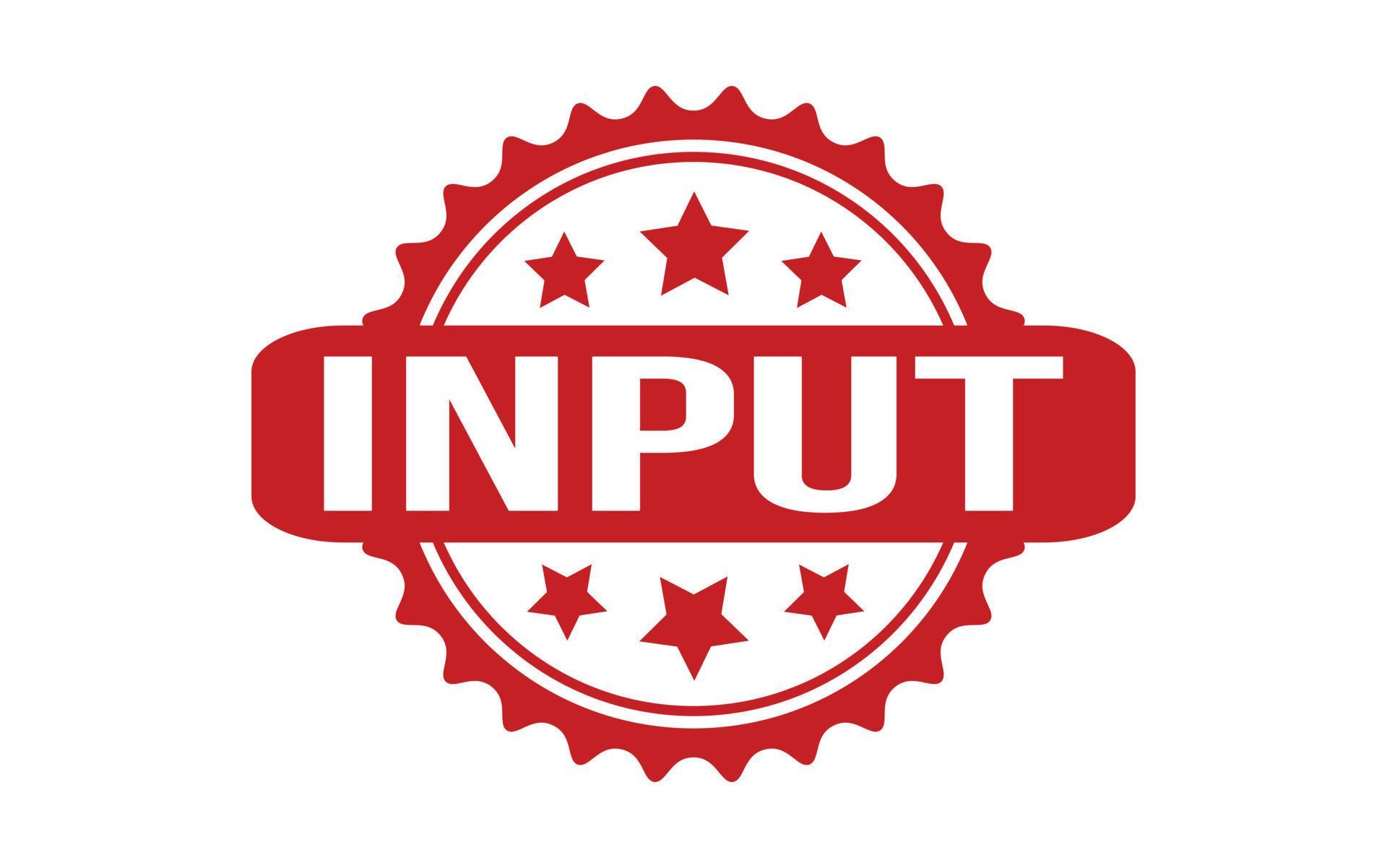Input Method Percentage of Completion – Revenue Recognition Explained
Introduction
The Input Method Percentage of Completion is a recognized approach for revenue recognition under IFRS 15 and FRS 115 in Singapore. Unlike the output method, which tracks deliverables, this approach calculates progress based on resources consumed or costs incurred. Businesses apply it when project outputs are hard to measure but input data such as costs, hours, or materials can be tracked reliably.
New CRS Requirements: Paid-Up Capital and Project Track Record – Are You Ready?
What Is the Input Method Percentage of Completion?
The input method measures project progress by comparing the work effort and costs to date with the total expected input needed to finish the contract.
Common ways to apply this method include:
-
Comparing actual costs incurred with total estimated project costs
-
Tracking labor hours worked against total projected hours
-
Measuring materials used against total expected quantities
Singapore businesses can refer to the https://www.iras.gov.sg/taxes/corporate-income-tax/income-deductions-for-companies/what-is-income-taxed/revenue-recognition for compliance and application details.
Benefits of the Input Method
The Input Method Percentage of Completion offers several benefits:
-
Consistency – It provides a systematic approach to tracking progress.
-
Flexibility – Useful for projects where deliverables are unclear, such as software development.
-
Compliance – Meets requirements of IFRS 15 and FRS 115.
-
Timeliness – Revenue can be recognized early if costs and resources reflect actual progress.
Challenges of the Input Method
The input method also brings challenges. Costs may not always reflect actual progress, especially if expensive materials are purchased upfront. Inefficiencies or wasted effort may also distort results and lead to overstated revenue.
To prevent misstatements, IFRS 15 requires companies to exclude costs that do not show true progress. For more insights, see https://www.iasplus.com/en/standards/ifrs/ifrs15.
Input Method vs Output Method
The main difference lies in how progress is measured. The input method focuses on resources consumed, while the output method focuses on deliverables completed.
Companies use the input method when outputs are hard to define or measure, such as in research or technology projects. The output method suits industries like construction where deliverables can be clearly tracked. Both approaches are valid under IFRS 15, but companies must apply the one that best represents contract performance.
Practical Example
A company agrees to develop custom software for SGD 5 million, with expected costs of SGD 4 million. By the end of year one, the company spends SGD 1.6 million.
-
Completion percentage: 1.6 ÷ 4.0 = 40%
-
Revenue recognized: 40% × SGD 5 million = SGD 2 million
This shows how costs consumed reflect the share of work completed.
Conclusion
The Input Method Percentage of Completion is a practical and compliant way to recognize revenue in contracts where outputs are not easily measurable. By focusing on costs, labor, and other resources consumed, it reflects progress in a consistent and systematic way.
For businesses in Singapore and globally, this approach ensures transparency, compliance with IFRS 15 and FRS 115, and accurate financial reporting for long-term projects.
Disclaimer: This article is for informational purposes only and does not constitute any professional advice. Feel free to contact us to consult with our professional advisors team for personalized advice and guidance.




